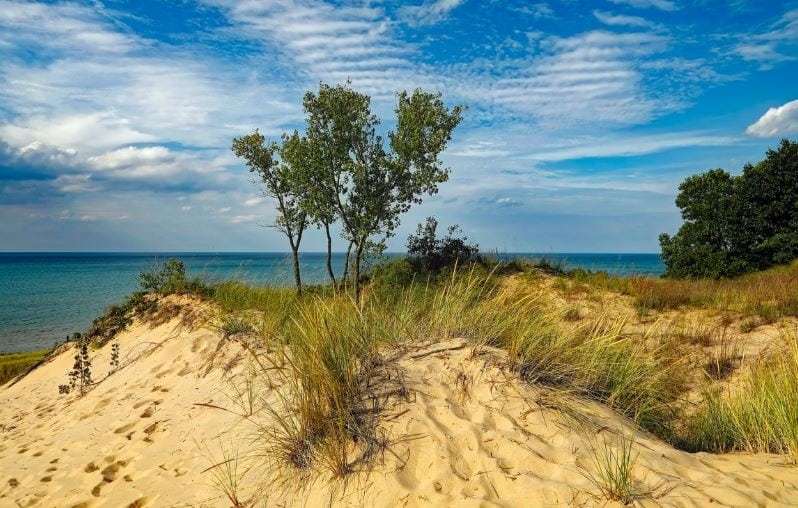
IJC Report Discusses Flame Retardants In Great Lakes Ecosystem
Bromine Flame RetardantsThis week, the International Joint Commission just released recommendations to limit the impacts of flame retardant chemicals on the Great Lakes ecosystem. One of the recommendations in the IJC letter suggested exploring ways to address newer flame retardant products and assess their actual environmental impacts. As some older flame retardants were phased out in the U.S. and Canada, numerous alternative flame retardant products stepped in. Likewise, the presence of these alternative flame retardant chemicals in blood and tissue samples have risen, though the implications aren’t certain yet.
When it comes to addressing the fire safety of natural thatch roofs, most products’ ingredients are proprietary. Some come with an MSDS giving a hint about the class in which the flame retardant might belong, but mostly, it’s a mystery to consumers . There are hundreds of different combinations and many dozens of varieties of flame retardants used commercially on naturally thatched roofs.
Meanwhile, we do know that natural thatch must be treated with these chemicals every two to five years. That tells us that the flame retardant product doesn’t stay on the natural thatch roof. That means that it leaks from the natural grasses, palms and reed overhead and down into our ecosystem.
The Synthetic Thatch Difference
Endureed synthetic thatch systems consist of materials that are flame-resistant without any runoff. Without spraying flame retardants over our thatch shingles, they outperform in fire safety tests against competitors in both the treated-thatch and synthetic thatch categories. Our products, by design and with no added maintenance, earn a Class A fire rating. Endureed synthetic thatch shingles won’t cause toxic run off, unlike lesser quality plastics and chemically-treated natural thatch.